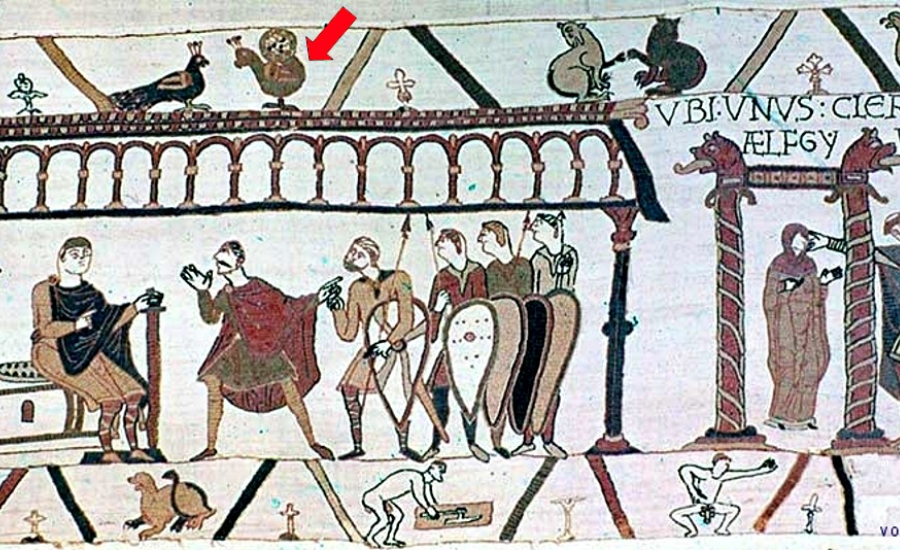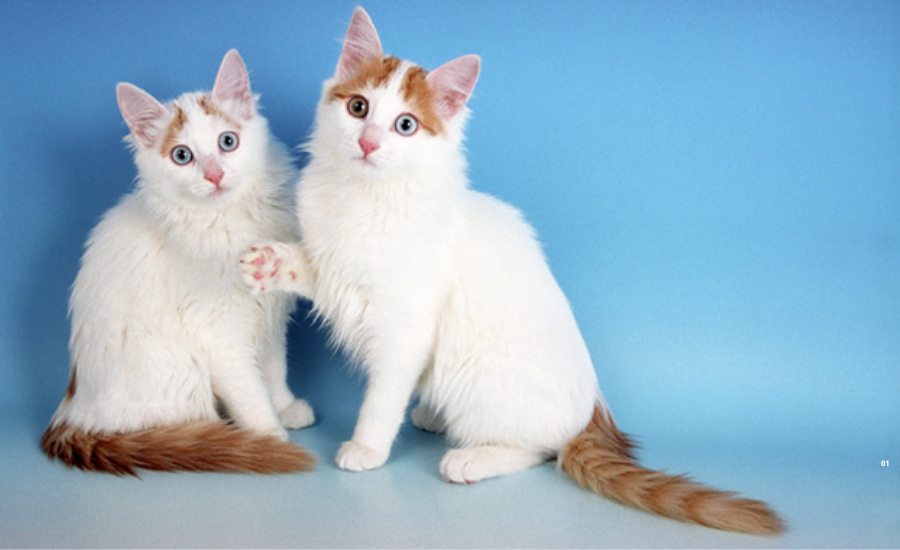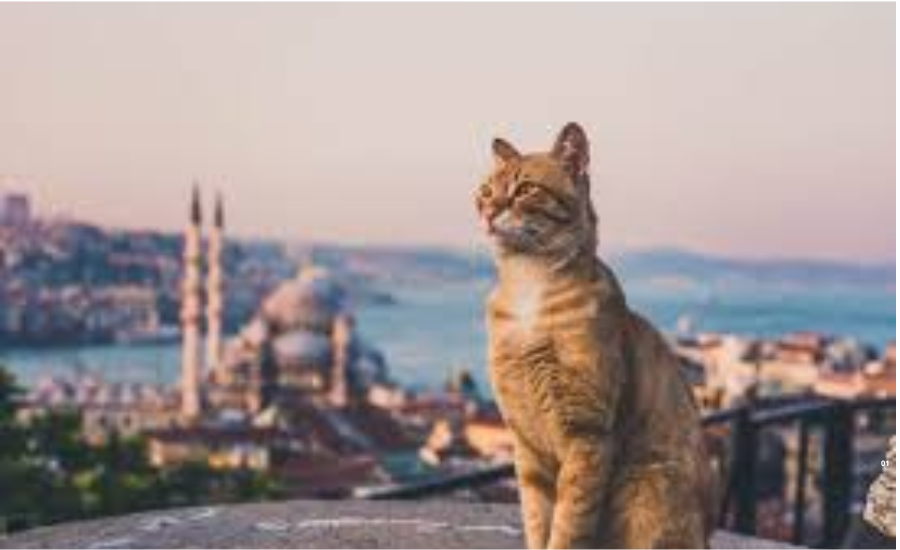Introduction
For decades, the New York Times (NYT) crossword puzzle has been a beloved challenge for puzzle enthusiasts across the world. Whether you’re a casual solver or a seasoned expert, the NYT crossword offers a unique blend of linguistic prowess, trivia knowledge, and a delightful interplay of clues. Each day’s puzzle provides solvers with a fresh opportunity to test their wits and expand their vocabulary. Some clues are straightforward, while others require outside-the-box thinking, demanding solvers to make mental leaps that can be both frustrating and incredibly rewarding.
One such clue that has stumped many is “Male Cats or Turkeys NYT.” It’s the kind of hint that encapsulates what makes the NYT crossword so enticing: the wordplay, the clever misdirection, and the joy of discovery when the solution finally falls into place. On the surface, “Male Cats or Turkeys” might seem like an easy clue, but upon closer inspection, it requires knowledge beyond just a cursory understanding of animals. The answer? “Toms.” This word is used to describe both male cats and male turkeys, which is where the clue cleverly ties two seemingly unrelated species together.
But how do you get there, and why does this clue exemplify the magic of the NYT crossword? To fully appreciate the intricacies behind solving such puzzles, let’s first explore the rich history of the NYT crossword, the strategies employed by solvers, and the culture that surrounds this beloved pastime.
A Brief History Of the NYT Crossword Puzzle

The NYT crossword puzzle made its debut on February 15, 1942, during the height of World War II. While other newspapers had already been publishing crossword puzzles, the NYT was hesitant to include one, considering it a frivolous addition to the serious tone of its publication. However, the war prompted a shift in thinking—people needed a distraction, something to engage their minds and relieve the stress of daily life. The puzzle became an instant hit and quickly cemented its place as a daily ritual for many readers.
Since then, the NYT Crossword has evolved into a cultural institution. Will Shortz, the crossword editor since 1993, has been credited with elevating the puzzle’s reputation. His editorial oversight has introduced greater variety, wordplay, and modern references into the puzzles, making them accessible to a broader audience while maintaining a high level of challenge.
Shortz’s tenure brought a new era of creativity to the NYT crossword, with themes ranging from pop culture to classical literature and everything in between. Constructors, the people who create the puzzles, craft intricate grids with clues that challenge solvers to think deeply about language, culture, and even history. But it’s not just about trivia; it’s about recognizing patterns, solving riddles, and unlocking meaning through clever word association.
The Craft Of Crossword Clues
At the heart of every crossword puzzle is the clue. These hints vary from simple definitions to complex riddles filled with layers of meaning. A great crossword clue, like “Male Cats or Turkeys,” plays with language in ways that surprise solvers, requiring them to rethink their assumptions about words and meanings.
Clues Can Be categorized into Several Types

- Direct definitions: These are straightforward and require little lateral thinking. For instance, “A four-legged pet” would simply lead to “dog” or “cat.” These clues are typically found in early-week puzzles, as they ease solvers into the week.
- Wordplay and puns: These clues are where the NYT crossword shines, often leading to moments of revelation. Wordplay can involve homophones, anagrams, double meanings, or clever misdirection. The clue “Male Cats or Turkeys” is an example of a double-definition clue, where the same word describes two seemingly different things—male cats and male turkeys, both of which are called “toms.”
- Cryptic clues: These are rare in the NYT crossword, but cryptic crosswords are a whole other genre where wordplay reigns supreme. Solvers must decode complex clues that contain hidden words, reversals, or word jumbles.
- Trivia-based clues: Many NYT crossword clues require a deep knowledge of history, pop culture, geography, and more. It’s not uncommon to see references to famous people, obscure historical events, or niche scientific terms.
In addition to these types, constructors often include clever themes that tie the puzzle together, making it more than just a series of unrelated words. Themes can revolve around wordplay, puns, or cultural references, adding another layer of complexity to the solving experience.
Understanding The Clue: “Male CatsOr Turkeys

Now, let’s break down the clue “Male Cats or Turkeys.” At first glance, it might seem perplexing. How can cats and turkeys possibly share anything in common? This is where crossword solvers must flex their lateral thinking muscles.
The key to solving this clue lies in recognizing that both male cats and male turkeys share the same term: “tom.” A male turkey is commonly referred to as a “tom,” and male cats are also called “toms.” This connection between two unrelated animals creates the clever misdirection that stumps solvers.
By understanding the context and vocabulary associated with different animals, solvers are able to connect the dots and uncover the correct answer. It’s not necessarily about having obscure knowledge but rather recognizing patterns and associations. This is the essence of crossword solving: finding connections in unexpected places.
The Origin Of The Term “Tom
You might be wondering why male cats and turkeys are called “toms” in the first place. The answer, like many words in the English language, is rooted in history and culture.
The term “tomcat” dates back to the mid-18th century. It became widely used after the publication of an anonymous novel called The Life and Adventures of a Cat in 1760, in which the protagonist was a promiscuous male cat named “Tom.” The character’s behavior led to the term “tomcat” being applied to all male cats, especially those with a reputation for wandering or fathering numerous kittens.
As for turkeys, the reason male turkeys are called “toms” is less clear, but it’s widely believed that early American settlers coined the term. In colonial America, Benjamin Franklin famously argued that the turkey should be the national bird of the United States, praising its “respectable” qualities. While the term “tom” likely arose around this time, it remains somewhat mysterious.
Regardless of its origin, the term “tom” now applies to both species, making it a fitting and clever answer to the crossword clue.
The Joy of Solving: Why We Love Crosswords
Crossword puzzles, especially those from the NYT, hold a unique place in popular culture. They’re more than just a pastime; they’re a mental workout, a test of knowledge, and a source of satisfaction.
But What Is It That Makes Crosswords So Addictive?
- Mental Exercise: Solving crosswords requires you to engage in multiple types of thinking. You need to recall facts, think laterally, and recognize word patterns, all of which keep your brain sharp. Many solvers compare crosswords to going to the gym for their mind—each puzzle strengthens their vocabulary and problem-solving skills.
- A Sense of Accomplishment: There’s nothing quite like the feeling of filling in that last square. Each clue solved is a mini-victory, and completing an entire puzzle provides a deep sense of satisfaction.
- Community: Crossword solvers are part of a larger community. Whether it’s through online forums, puzzle competitions, or simply sharing clues with friends, there’s a camaraderie that comes from tackling these linguistic challenges together. The annual American Crossword Puzzle Tournament, founded by Will Shortz, brings together solvers from around the world to test their skills in a high-stakes competition.
- Learning New Things: Every crossword puzzle is an opportunity to learn something new. Whether it’s a fact you didn’t know, a word you’ve never encountered, or a clever piece of wordplay, crosswords have a way of expanding your knowledge in unexpected ways. For instance, after encountering the clue “Male Cats or Turkeys,” you now know that “tom” applies to both animals—a piece of trivia you’ll never forget.
- The Element of Surprise: One of the most exciting aspects of crossword solving is the element of surprise. Clues like “Male Cats or Turkeys” play with your expectations, leading you down one path before revealing an entirely different answer. These moments of revelation are what make crosswords so engaging—they keep solvers on their toes and reward them for thinking creatively.
The Cultural Impact Of the NYT Crossword
The NYT crossword has had a profound impact on American culture, influencing everything from language to popular media. Solving the NYT crossword has even become a badge of honor, with solvers proudly sharing their daily progress on social media.
In addition to its cultural significance, the NYT crossword has also inspired numerous spin-offs, including books, apps, and documentaries. The 2006 film Wordplay delved into the world of crossword solving, offering a behind-the-scenes look at the American Crossword Puzzle Tournament and profiling notable solvers, including former President Bill Clinton.
Moreover, the NYT crossword has a long-standing tradition of featuring cutting-edge cultural references. From the latest slang to references to viral internet memes, the crossword evolves
Final Answer: TOMS
The answer to the clue “Male Cats or Turkeys” in the New York Times crossword puzzle is “TOMS.” This clever wordplay showcases how the language can turn everyday terms into intriguing mental challenges. Solvers must look beyond the obvious, connecting seemingly unrelated ideas into a singular answer that fits the clue perfectly.
Both animals share the same masculine label, and the brilliance of the clue lies in this shared term—”TOMS.” This dual definition forces solvers to think laterally, recognizing that a single word can apply to two very different animals.
It’s not just about completing the puzzle grid; it’s about the satisfaction of engaging with language in a playful, thoughtful way. Discovering that the word “TOMS” links both male cats and male turkeys feels like unlocking a little linguistic treasure.
Solving puzzles like this not only enriches one’s vocabulary but also sharpens problem-solving skills. The process requires mental agility and patience, and each completed puzzle brings a sense of victory over wordplay. By embracing terms like “TOMS,” solvers dive deeper into the fascinating, interconnected world of language, where even the most common terms can take on new meanings.
FaQs
Q . What is the New York Times crossword puzzle?
The New York Times crossword puzzle is a daily challenge for puzzle enthusiasts, known for its clever wordplay, trivia knowledge, and a variety of clues that engage solvers from all over the world.
Q. What is the answer to the crossword clue “Male Cats or Turkeys”?
The answer is “TOMS,” which refers to both male cats (tomcats) and male turkeys (toms).
Q. How do crossword clues like “Male Cats or Turkeys” represent the style of the NYT crossword?
Clues like this exemplify the NYT crossword’s clever wordplay and ability to mislead solvers by offering a double definition that forces lateral thinking.
Q. What makes solving crossword puzzles enjoyable?
Crossword puzzles are mentally stimulating, offering solvers a sense of accomplishment, the chance to expand their vocabulary, and the joy of unlocking clever word associations.
Conclusion
The New York Times crossword puzzle, with its rich history and challenging nature, has become a cultural touchstone for puzzle lovers worldwide. Clues like “Male Cats or Turkeys” exemplify the brilliance of the crossword, where lateral thinking, wordplay, and clever misdirection come into play. The solution, “TOMS,” forces solvers to connect two seemingly unrelated animals through a shared term, offering a moment of revelation that many puzzle enthusiasts treasure.
The NYT crossword has endured for decades, evolving under the editorial guidance of Will Shortz to reflect contemporary language and pop culture while retaining its intellectual challenge
Ultimately, the joy of crossword solving lies in the unexpected—where everyday words like “TOMS” take on new meaning, and the process of discovering these connections fosters both linguistic skill and problem-solving ability. Each completed crossword serves as a victory, reinforcing the lasting appeal of this beloved pastime.
Stay in touch for more updates and alters visit: Times Radar!
